The development of In-toeing in young children under the age of 8 is not uncommon. While the condition can correct itself over time, you should always play it safe by having a professional examine your child to ensure they are developing correctly. Catching misalignments early makes treating them much easier for us and your child. Intoeing by itself does not cause pain but can lead to orthopedic complications down the road.
Dr. Hyderi and the team at Foot and Ankle Specialists of Illinois have years of expertise in diagnosing and treating a range of pediatric foot conditions. Our goal is to correct concerns early to promote healthier development as your child grows!
Common Causes of In-Toeing
Three conditions contribute to the development of in-toeing, referred to as metatarsus adductus, tibial torsion, and femoral anteversion. Each of these conditions has the potential to be hereditary.
Metatarsus Adductus
Metatarsus adductus is when a child’s feet bend inward from the midpoint of their feet, towards the toes. This is the most common of the three conditions to develop in children under one year of age, occurring in approximately 1% of births. Severe metatarsus adductus may appear similar to a clubfoot deformity. Casts or special shoes are used to correct this condition in infants, with a high rate of success.
Although they may appear similar, metatarsus adductus is a different condition than clubfoot. Find more information about Clubfoot here.
Tibial Torsion
Tibial torsion is characterized by the inward twisting of the child’s lower leg, called the tibia. The confined space inside the womb can cause your child’s leg to turn and set improperly. Once born, the condition may correct itself gradually, if not, the result is tibial torsion. This condition causes one or both legs to point the feet inward.
It is important to have pediatric specialists monitor the development of your child, ensuring the condition is improving and providing adaptive treatment throughout its progression. If tibial torsion persistent into your child’s teen years, it can impair mobility and cause further complications.
Femoral Anteversion
Femoral anteversion is similar to tibial torsion, with this condition affecting the femur instead. This condition might not show signs until your child is 5 or 6 years of age.
The upper end of the thighbone develops an abnormal twist, causing the hip to turn inward. This causes the knees and the feet to point inward when standing or walking. Treating this condition depends on your child’s age, as well as the severity of the condition.
Treating Pediatric In-Toeing
Given that there are multiple causes and each requires a different method of treatment, the best course of action is early intervention and routine checkups with an experienced podiatrist. Treatments will be adapted as the conditions are gradually corrected and you can be reassured that your child is developing properly.
Pediatric In-Toeing Treatment in Algonquin, Illinois
If you have noticed your child is developing inward-pointing toes you should consult with the experts at Foot and Ankle Specialists of Illinois as soon as possible to have their condition diagnosed. Take the first step towards ensuring your child’s development is healthy and sets them up for a healthy future. Call our offices or schedule a consultation online today!

